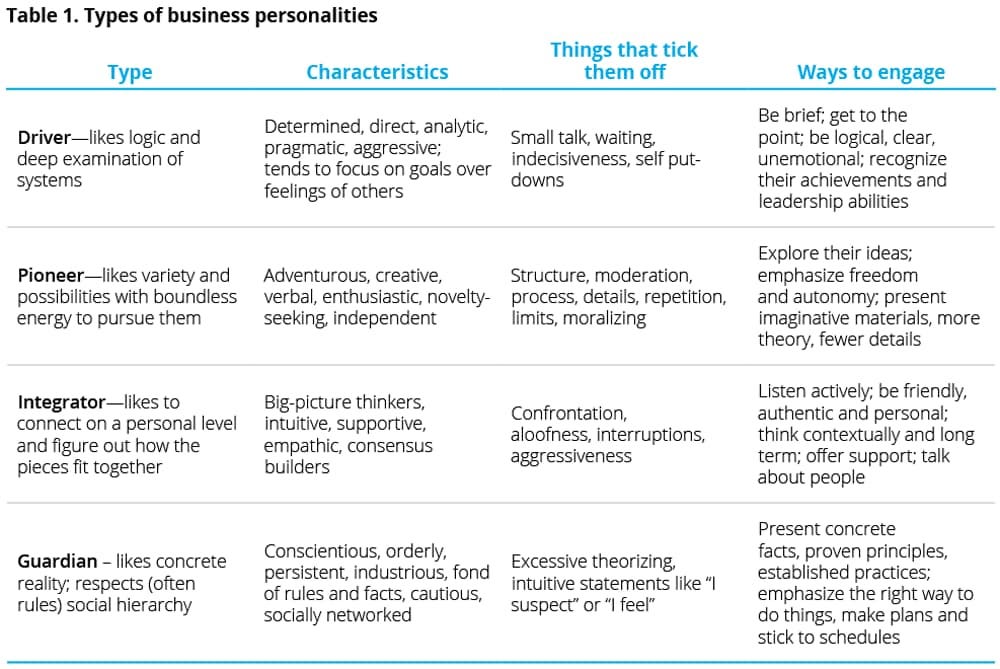Do This To Accelerate Decisions and Unlock Output
Whether you are entering an organization as a leader, pitching to key accounts or managing strategic projects with executives - a tailored communication framework can help you.
CONTEXT
Whatever your professional context, chances are your work involves engaging with decision-makers in some capacity. Working with these stakeholders demands the ability to communicate at eye level with individuals whose time is limited and expectations are high.
Be it an internal or external business setting, tailoring your communication to your stakeholders can improve alignment on shared goals, secure management buy-in and drive action. According to research from Deloitte, establishing strong stakeholder relationships is often the most complex issue we face when we meet executives and try to influence decisions at the top.
In this article, we will explore proven communication techniques and discovery tactics to help adapt your message and build trust from the first interaction.
METHOD
Setting the stage: The 4 key areas of Stakeholder Communication
Identify and prioritize your stakeholder set
Start by mapping out your critical stakeholders early in the process. Obviously, you’ll include C-level executives. But who else influences decisions? Consider peers, long-standing employees and external consultants who shape decisions behind the scenes.
Once identified, prioritize these individuals, so you can schedule time to meet. Preferably in person or via video call, use this interaction as a first step to reveal needs, concerns, and the unspoken dynamics of the organization.
If you know any well-respected company members that can introduce you to your stakeholders, ask them for an introduction. This does not only open doors but also signals credibility.
Learn what they want
Step two is going a lot deeper to attain an understanding of expectations. Take time to grasp the business model and how value is created. Particularly if you're coming in from outside the organization, executives will expect this in a partnership.
In addition, be prepared to:
Translate strategic goals into actionable plans.
Support and even shape the CEO’s agenda.
Bring confident, constructive perspectives to high-level discussions.
This builds credibility quickly and demonstrates strategic alignment.
Adapt communication style to context
Hiccups often stem from communication mismatches. To minimize the risk, typologies can prove useful. For example, you might use Myers-Briggs or business-specific frameworks like the one below co-developed by Deloitte and Dr. Helen Fisher.
Taking this into account helps tailor your message and approach to resonate with each stakeholder more effectively. Remember, the goal is to increase the chances of being heard, understood, and trusted, not changing your personality.
Create connection where real conversations happen
Don’t forget: executives are also just people. Effective influence happens not just in boardrooms, but also in the informal settings where real relationships are formed. This means attending internal events, offsites, and even informal gatherings or after-work socials. These are opportunities to build rapport.
Creating a Communications Plan
This is an overview that defines who the stakeholders are, what needs to be communicated, why it needs to be communicated and how often.
Set communication objectives, such as education, knowledge sharing, or influencing someone to take an action or decision.
Determine the communication method that would be most relevant to your stakeholders (emails, meetings, calls, newsletters, social media).
Create a calendar - determine when and how often you engage with the stakeholders and which messaging is at which stage of the process.
CLOSING THOUGHTS
There is a lot to consider when communicating with key stakeholders and executives. Crafting the right messages at the right moments and creating momentum through the right cadence can be tricky.
But not engaging effectively through targeted communication can make or break your project.
What’s your experience with stakeholder communication? What works, what doesn’t?
Resources:






